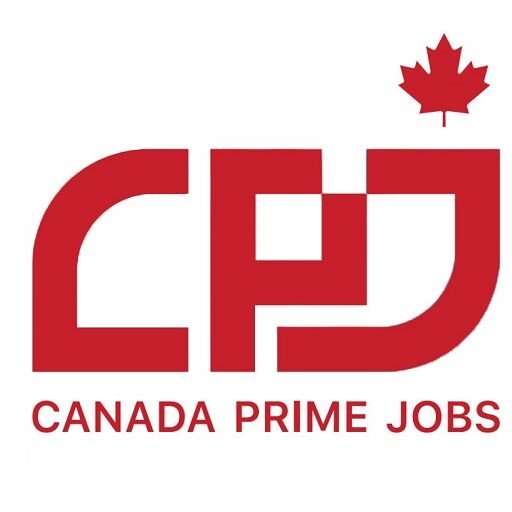
Understanding the Canadian Resume Format
Crafting a Canadian-style resume requires adherence to specific formatting standards that cater to the expectations of employers across the country. The importance of a well-structured resume cannot be overstated, as it serves as the first point of contact between job seekers and potential employers. One of the primary conventions in Canadian resume writing is the use of a reverse chronological order when listing work experience. This approach allows employers to quickly identify an applicant’s most relevant and recent positions, facilitating a more efficient evaluation process.
A typical Canadian resume includes several key sections that should be formatted clearly to enhance readability. The first section is the contact information, which should encompass the applicant’s full name, phone number, email address, and, optionally, their LinkedIn profile or professional website. Next, job seekers may choose to incorporate a summary or objective statement. While this section is not mandatory, it provides an opportunity for candidates to convey their career goals and highlight their qualifications succinctly.
Following the summary, the work experience section should be the focal point of the resume. Here, candidates must detail their employment history, starting with the most recent position and working backward. It is essential to include the job title, company name, dates of employment, and a brief description of responsibilities and achievements for each role. This not only showcases the applicant’s relevant experience but also emphasizes growth and trajectory within their career.
The education section should include relevant degrees, certifications, and any additional training. Finally, candidates should list their skills and certifications, which further differentiate them from other applicants. By effectively structuring their resumes according to these guidelines, job seekers can present their qualifications in a manner that resonates with Canadian employers, thereby increasing their chances of securing an interview.
Crafting a Concise and Targeted Resume
In the competitive job market, creating a concise and targeted resume is crucial for standing out to potential employers. A Canadian-style resume should ideally be one to two pages in length, highlighting the most relevant information while eliminating any unnecessary details. This succinct approach ensures that hiring managers can quickly find key qualifications and experiences that align with their organization’s needs.
To begin tailoring each resume for specific job applications, individuals should analyze the job description carefully. Pay close attention to the skills and qualifications emphasized by the employer, and reflect these attributes in your resume. Prioritizing relevant experiences is essential; for instance, if a job requires expertise in project management, make sure to prominently feature past roles or responsibilities that demonstrate your proficiency in this area.
In addition to focusing on pertinent job-related experiences, quantifiable achievements can significantly enhance the impact of your resume. Employers appreciate clear evidence of performance, such as increased sales figures, successfully completed projects, or notable contributions to previous companies. Use action verbs and specific metrics where possible to bring your experiences to life and capture the attention of hiring managers.
Another effective strategy is to use a clean and organized format for your resume. Headings should clearly separate different sections such as Work Experience, Education, and Skills, allowing for easy navigation. Avoid lengthy paragraphs; instead, utilize bullet points to present achievements and responsibilities succinctly. This not only improves readability but also allows hiring managers to skim through your accomplishments effortlessly.
In summary, crafting a concise and targeted resume is key to showcasing your qualifications in the best light. By focusing on relevant experiences and quantifiable achievements, you increase your chances of impressing potential employers and securing job interviews.
Using Clear and Professional Language
When crafting a Canadian-style resume, the importance of using clear, simple, and professional language cannot be overstated. Resumes serve as the first point of contact between a job seeker and potential employers; hence, the language employed should reflect a polished and competent professional image. It is beneficial to avoid jargon and abbreviations unless they are widely recognized within the context of the position or industry. This approach ensures that your resume is accessible and easily understood by a wider audience, including those who may not be familiar with specialized terminology.
Choosing the right words is crucial in conveying your skills and experiences effectively. Utilize active voice to create an assertive tone, focusing on accomplishments rather than duties. For instance, instead of saying “responsible for managing a team,” consider phrasing it as “managed a team of X individuals, achieving a Y% increase in productivity.” This not only makes your contributions more impactful but also showcases your leadership capabilities.
Maintain a professional tone throughout the document; this can be achieved by using straightforward language and avoiding overly complex or flowery phrases. Short, succinct sentences can enhance clarity, enabling employers to grasp your qualifications quickly. Additionally, ensure that any specialized terms used are explained, as this demonstrates clarity of thought and consideration for readers who may not share the same background.
Proofreading your resume is imperative to eliminate any grammatical errors or ambiguous language. Errors can detract from your professionalism, leading employers to question your attention to detail. A well-written resume, employing clear and professional language, is more likely to leave a positive impression and increase your chances of securing an interview.
Highlighting Achievements and Local Experience
When crafting a Canadian-style resume, it is crucial to focus on highlighting achievements rather than merely listing job duties. Canadian employers are often more engaged by specific accomplishments that demonstrate a candidate’s value to an organization. Instead of stating general responsibilities, applicants should frame their successes in a quantifiable manner. For example, instead of saying “managed a team,” one could specify, “led a team of ten, resulting in a 20% increase in project efficiency.” Such achievements provide concrete evidence of skills and positively impact the hiring manager’s perception of the applicant.
Additionally, including volunteer work can significantly enhance a resume. Volunteer experiences not only demonstrate initiative but also show a commitment to the community, which is highly regarded in Canadian culture. For instance, if a candidate volunteered with a local charity, they should articulate the role they played and the outcomes of their efforts, such as “coordinated fundraising events that raised over $15,000 for local families in need.” This approach highlights their skills while also showcasing their dedication to community engagement.
Furthermore, local experience is particularly vital in the Canadian job market. Many employers prefer candidates who are familiar with local workplace culture and regulations. This experience often includes previous roles within Canada or understanding the industry landscape. If an applicant previously worked with a Canadian company, they should emphasize how their experience has equipped them with specific knowledge relevant to the industry. For example, mentioning familiarity with Canadian compliance standards can set an applicant apart from others.
Incorporating these elements into a resume not only enhances the presentation of a candidate’s qualifications but also resonates more effectively with Canadian employers, positioning them as the ideal fit for the role.

